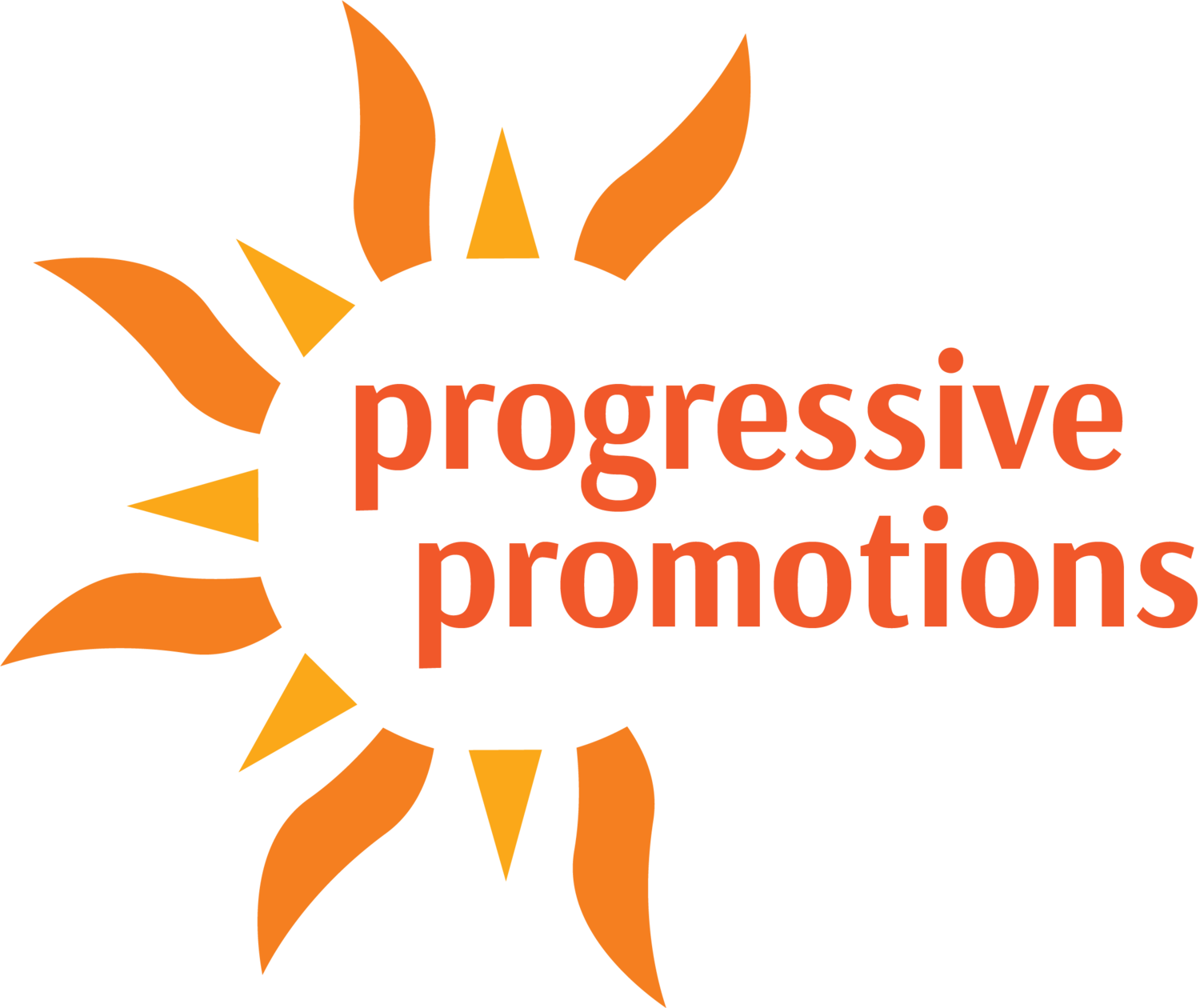Even if your non-profit group, campaign or cause is already engaging your audiences on social media, there are times when earned media (unpaid newspaper, online, radio, TV) is the best method to target your audience. And if you score, then you can amplify your media coverage online too!
The first thing to know with earned media is that it’s harder to control your message. Digital strategies allows your message to go directly, without filter, to the audience. With earned media, you have to accept that a reporter will be the interpreter of your story and will usually balance it by giving the “other side” an opportunity to weigh in, even though you’ve held the rally, published the report or found real-life Coloradans to tell their heart-wrenching stories.
As long as you’re cool with that, here are the things you need to think about for getting covered:
Who is your audience and what is the outlet they value?
Be sure to identify who it is you want to reach before you do anything – once you’ve done that, research where it is they get their information. Here are some examples:
Want to influence lawmakers? Go for their hometown newspapers like the Pueblo Chieftain and Lakewood Sentinel – and don’t forget political outlets like the Colorado Statesman and ColoradoPols.
Want to affect influential community and opinion leaders? Try Colorado Public Radio and the Denver Post.
Want to reach a broad range of folks over 30? Pitch the TV news crews at 9News, CBS-4, Fox 31 and 7News in metro Denver; KRDO, KOAA-News 5 and Fox 21 in Colorado Springs; and KKCO, KJCT and WHAT in Grand Junction.
Want to organize people in a particular city or district? Reach out to the local papers like the ones in the Colorado Community Media family, independent papers like North Denver Tribune and Glendale Cherry Creek Chronicle or local YourHubs.
What are ways to approach earned media?
Op-Eds & Letters to the Editor. A great way to make your case or just get facts out there is through opinion pieces. Op-Eds are guest columns ranging from 600-1,000 words depending on the individual newspaper’s guidelines, while letters to the editor are typically 150 (Denver Post) to 350 words. Be sure to have a local resident help with the content, sign it and potentially follow up once it’s submitted.
Editorial Board Meeting. Organizing local experts and influential community members to meet with the editorial board of their local newspaper often results in an editorial which has more credibility than your op-ed because it’s from a more “neutral” source. Campaigns love to hand out supportive editorials!
Events. Holding newsworthy rallies and press conferences can generate coverage on your issue on a number of media sources, although the opposition will likely get at least a quote. Don’t forget to make it visually interesting like NARAL Pro-Choice Colorado’s recent and effective use of an ultrasound wand and the 350 Colorado anti-fracking event next to oil and gas wells: co.breakfree2016.org.
Proactive Pitches. With a serious shortage of reporters and time in newsrooms, encouraging reporters to write/air an in-depth piece can be challenging – but if you have a great story and make it easy for them, you really can be successful. Gather a one pager of cited facts, prepare an expert, an advocate and a person with a compelling and relevant story to tell – then get on the phone/email/text/Twitter to pitch your story, using the six elements we talked about in our last blog.
In today’s media environment, it’s important to use multiple channels to get your story out there. As our recent blog on digital outreach pointed out, there are many online platforms like Facebook, Instagram and Tumblr that can meet your needs. But don’t give up earned media quite yet – there are plenty of opportunities to be seen and heard in newspapers, online, on the radio and on TV.





